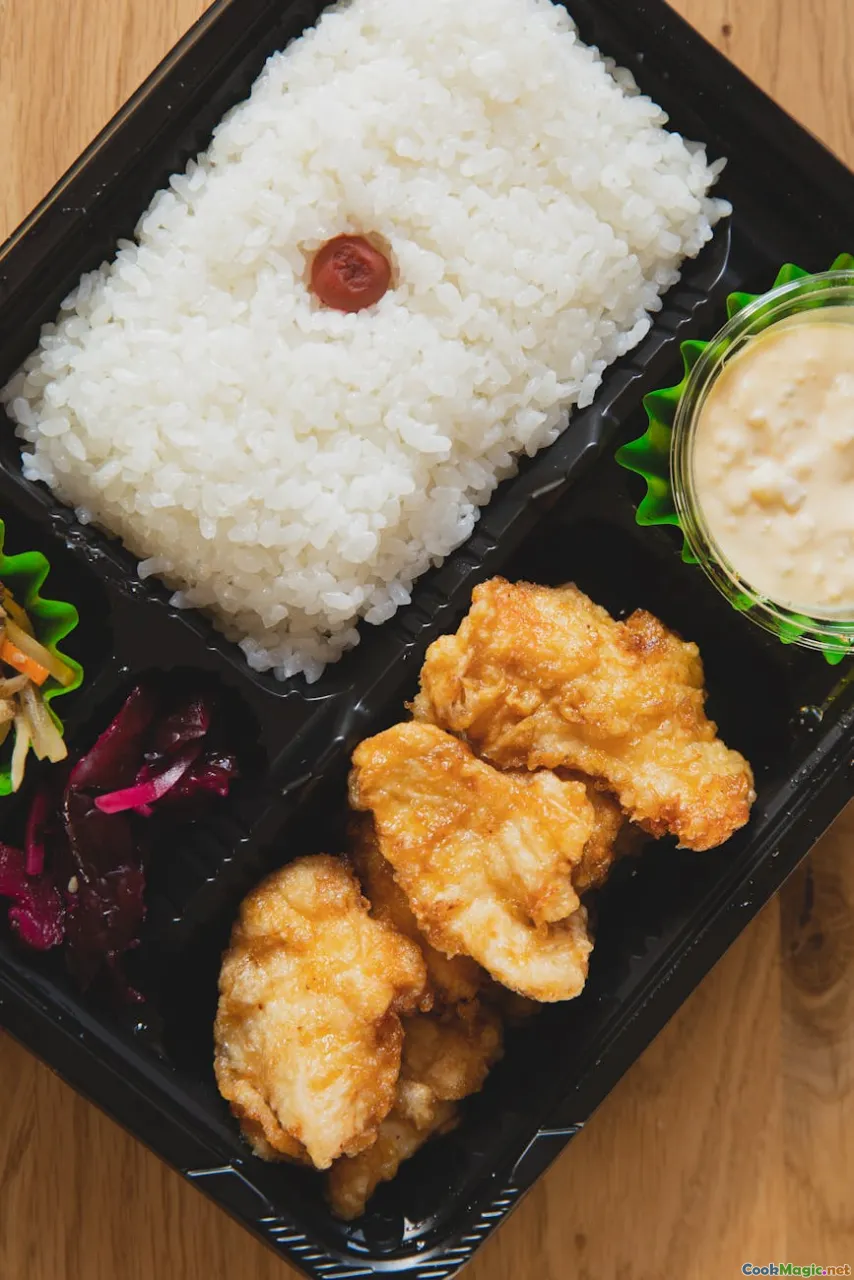How to Balance Flavors in Traditional Filipino Dishes
8 min read Discover the art of balancing flavors in Filipino dishes, blending sweet, sour, salty, and umami for authentic, vibrant tastes that excite the palate. April 30, 2025 12:00
How to Balance Flavors in Traditional Filipino Dishes
Imagine walking into a bustling Filipino kitchen—aromas of tangy vinegar, savory soy, sweet caramelized onions, and spicy chili waft through the air. Each scent tells a story of centuries of culinary evolution, where flavor is not just tasted but experienced holistically. Filipino cuisine is renowned for its bold, complex flavor profiles that reflect a rich cultural tapestry. Yet, behind the vibrancy lies an intricate dance of balancing contrasting tastes—sweet, sour, salty, bitter, and umami—creating a harmony that elevates each dish from simple nourishment to an art form.
In this article, we will explore the nuanced techniques and cultural philosophies that underpin flavor balancing in Filipino cuisine, sharing personal insights, sensory descriptions, and practical tips to help both home cooks and culinary enthusiasts master this delicate craft.
The Cultural Significance of Flavor Balance in Filipino Cuisine
Filipino cooking is deeply rooted in history and culture, influenced by indigenous traditions, Malay roots, Chinese trade, Spanish colonization, and modern global influences. This melting pot is vividly expressed through its flavors—each dish reflecting a symphony of tastes that encapsulate the Filipino spirit.
For Filipinos, food is more than sustenance; it’s a means of storytelling, community, and identity. The balance of flavors is essential not just for taste but for emotional connection. For example, the iconic Adobo combines vinegar’s sharpness with soy’s umami and a touch of sugar—creating a comforting yet complex dish that reminds Filipinos of home, resilience, and celebration.
Understanding this cultural context helps us appreciate why balancing flavors is a foundational skill, transforming simple ingredients into dishes that evoke nostalgia, pride, and joy.
The Core Principles of Flavor Balancing
1. The Harmony of Contrasts
Filipino dishes thrive on contrasts—sweet and sour, salty and savory, spicy and cooling. Achieving harmony involves understanding how these elements interplay.
Example:-Sinigang, a sour soup, balances tamarind’s tang with a slight sweetness from tomatoes or radish, complemented by the savory depth of pork or shrimp.
- Pancit Canton combines salty soy sauce with a hint of sweetness from carrots and a touch of vinegar, topped with crispy pork bits for texture.
2. The Role of Umami
Umami, the fifth taste, is central to Filipino cuisine. Ingredients like fish sauce (patis), soy sauce, shrimp paste (bagoong), and dried fish (tinapa) infuse dishes with depth.
Tip: Use umami-rich ingredients judiciously to enhance flavor without overpowering the dish.
3. The Art of Acidic Balance
Vinegar, calamansi, tamarind, and tomatoes provide bright acidity, cutting through richness and balancing sweetness and saltiness.
Personal insight: I often add a splash of calamansi at the end of cooking to lift the flavors and brighten the dish.
4. Sweetness as a Balancing Act
Sugar or sweet vegetables like carrots and sweet potatoes are used to mellow acidity or heat. Sweetness also adds a comforting dimension.
Example:-Bistek Tagalog (Filipino beef steak) uses soy sauce and calamansi but benefits from a hint of sugar to round out the flavors.
Practical Techniques for Achieving Flavor Balance
Taste as You Cook
Regular tasting is crucial. Filipino dishes often develop layers of flavor, and adjusting seasoning throughout the process ensures harmony.
Use of Condiments and Ingredients
- Vinegar and citrus: Add gradually, tasting after each addition.
- Soy sauce and fish sauce: Use sparingly to prevent overpowering.
- Sweeteners: Honey, sugar, or even fruit juices can be used in small amounts for balance.
Layering Flavors
Start with a flavor base—garlic, onion, ginger—then build complexity with proteins, vegetables, and seasonings. Finish with a final taste adjustment.
Embrace the Filipino Philosophy: "Hamon" and "Lasa"
"Hamon" refers to the harmony and balance of flavors, while "lasa" is the taste. Filipino cooking emphasizes harmony—every bite should have a balanced, well-rounded flavor profile.
Signature Filipino Dishes and Their Flavor Profiles
Adobo
A stew of chicken or pork marinated in vinegar, soy sauce, garlic, bay leaves, and peppercorns. The key is balancing the acidity of vinegar with the savory soy, and a touch of sugar to soften the tang.
Sinigang
Tamarind-based sour soup, often with pork, shrimp, or fish. Achieving the perfect sourness involves balancing tamarind paste with tomatoes and sometimes adding sugar to mellow the acidity.
Bicol Express
Spicy pork stew with coconut milk and shrimp paste. Balancing heat with the richness of coconut and the pungency of bagoong creates a luxurious, complex flavor.
Kare-Kare
Oxtail stew with peanut sauce, incorporating fermented shrimp paste. The nutty, savory flavors are balanced with a side of fermented shrimp to add umami depth.
Personal Reflections and Tips
Having traveled across the Philippines, I’ve learned that the secret to authentic flavor lies in patience and respect for tradition. My grandmother’s adobo was never rushed—she would taste, adjust, and taste again, ensuring the flavors were in perfect harmony.
Another insight is the importance of fresh ingredients. Filipino dishes rely heavily on the quality of vinegar, calamansi, and seafood—freshness amplifies flavor and makes balancing easier.
Lastly, embrace experimentation. While tradition guides us, sometimes a pinch of sugar or a splash of vinegar can transform a dish, making it uniquely yours.
Conclusion
Mastering the art of balancing flavors in Filipino cuisine is both a science and an emotional journey. It requires understanding the cultural significance of each ingredient, honing your tasting skills, and respecting the harmony that makes Filipino dishes so unforgettable.
Whether you’re simmering a pot of adobo, preparing sinigang, or crafting a spicy Bicol Express, remember that balance is the key to unlocking the full potential of these vibrant flavors. With patience, practice, and a touch of love, you can bring the authentic spirit of Filipino cooking into your own kitchen—creating dishes that are not just delicious but also deeply meaningful.
Enjoy the process, celebrate the contrasts, and savor every bite—because in Filipino cuisine, flavor is a beautiful, harmonious story waiting to be told.









